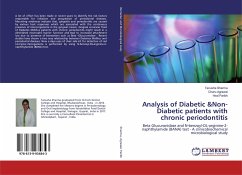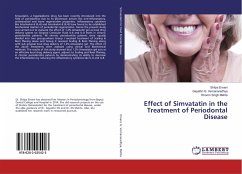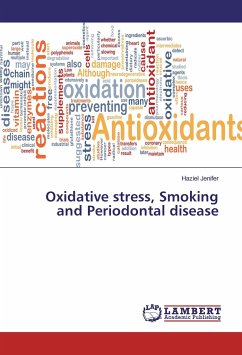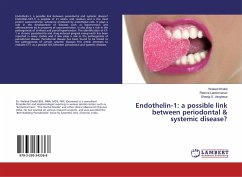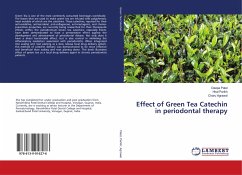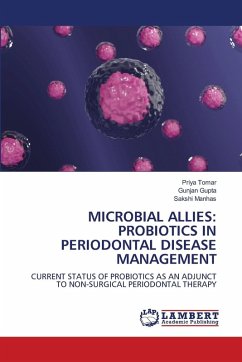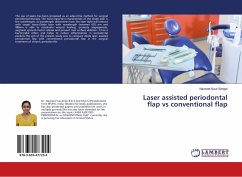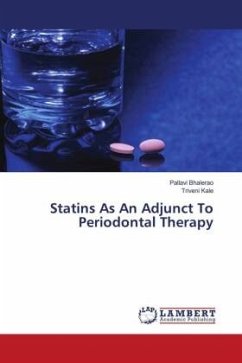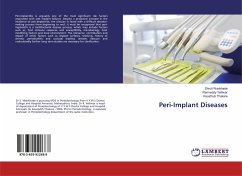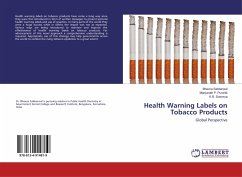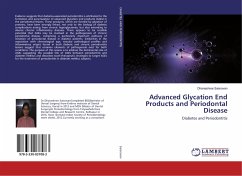
Advanced Glycation End Products and Periodontal Disease
Diabetes and Periodontitis
Versandkostenfrei!
Versandfertig in 6-10 Tagen
33,99 €
inkl. MwSt.

PAYBACK Punkte
17 °P sammeln!
Evidence suggests that diabetes-associated periodontitis is attributed to the formation and accumulation of advanced glycation end products (AGEs) in the periodontal lesions. These products, which are formed by glycation of proteins, have been strongly linked, not only to the biology of diabetic complications arising from chronic hyperglycaemia, but also extending to diverse chronic inflammatory diseases. There appears to be credible potential that AGEs may be involved in the pathogenesis of chronic periodontal disease, comprising a particularly important pathway of initiation of periodontal d...
Evidence suggests that diabetes-associated periodontitis is attributed to the formation and accumulation of advanced glycation end products (AGEs) in the periodontal lesions. These products, which are formed by glycation of proteins, have been strongly linked, not only to the biology of diabetic complications arising from chronic hyperglycaemia, but also extending to diverse chronic inflammatory diseases. There appears to be credible potential that AGEs may be involved in the pathogenesis of chronic periodontal disease, comprising a particularly important pathway of initiation of periodontal disease in diabetic patients. Similarities in the association with chronological age, vascular pathological profiles and inflammatory origins found in both diabetic and chronic periodontitis lesions suggest that common elements of pathogenesis exist for both conditions. The purpose of this review is to address the detrimental role of AGEs suggesting the possible link of AGEs between periodontitis and diabetes mellitus and describes novel therapeutic strategies to target AGEs for the treatment of periodontitis in diabetes mellitus subjects.



